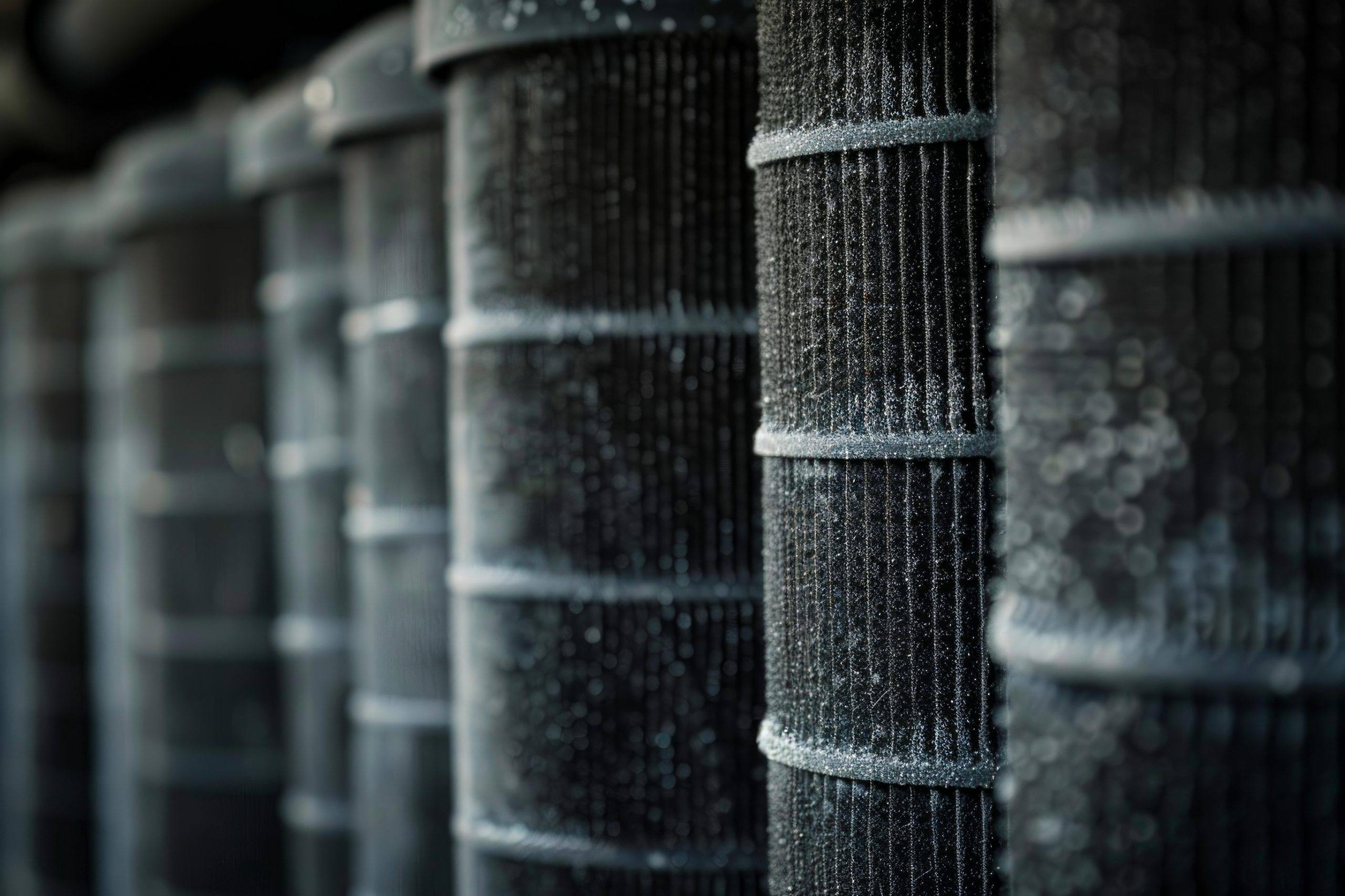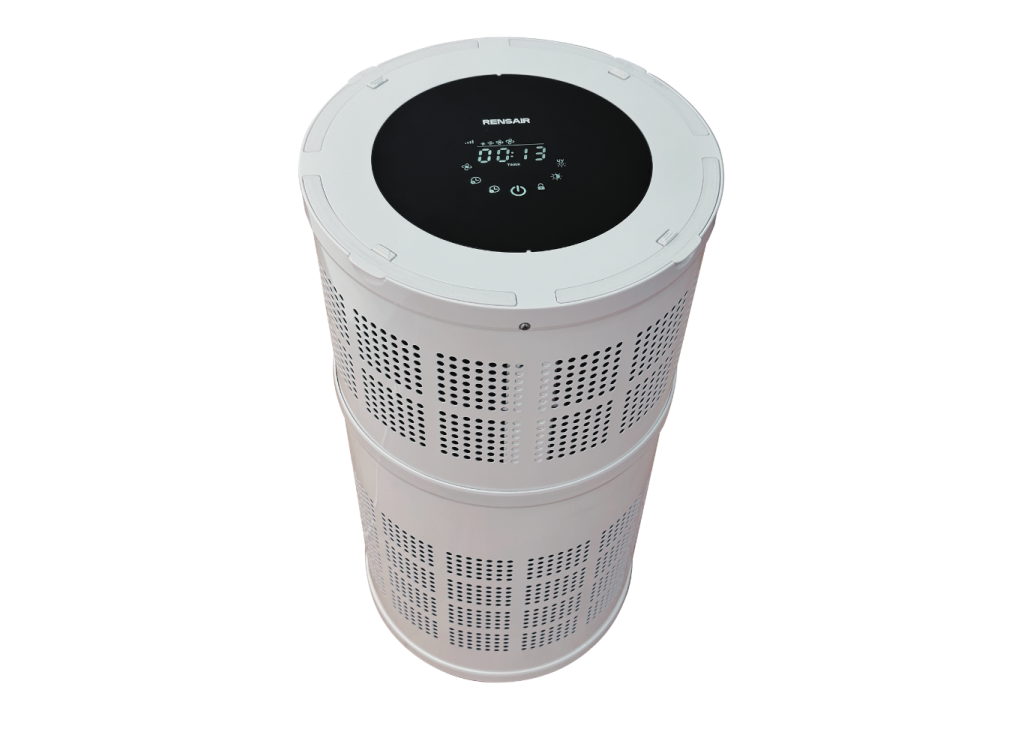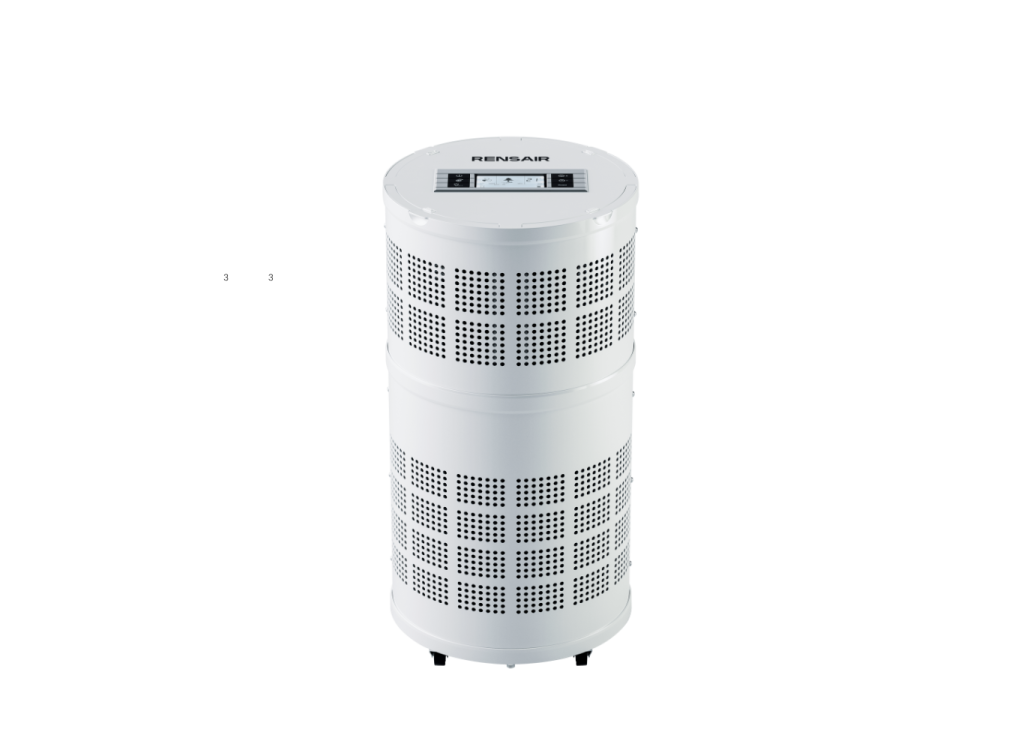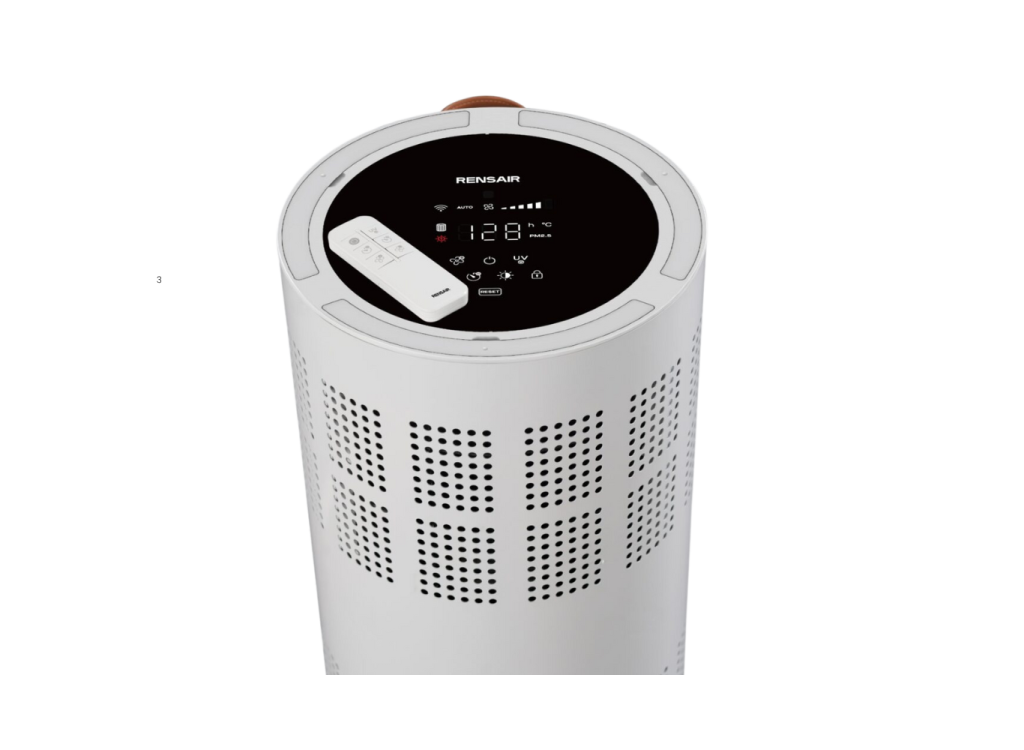Best Commercial Air Filtration System to Improve Indoor Air
As concerns about indoor air quality and health continue to grow, the air filter market is undergoing a substantial transition. A variety of factors, from technological breakthroughs to regulatory adjustments, are shaping the future of commercial air filtration.
According to Grand View Research, the global air purifier market was valued at USD 15.94 billion in 2023 and is expected to grow at a 7.1% CAGR between 2024 and 2030. Rising cases of airborne diseases and urban pollution are driving this trend. In this landscape, deploying modern commercial air purification systems is no longer optional; it’s essential.
To ensure cleaner, healthier workplaces, commercial facilities must invest in high-efficiency commercial air filtration systems that remove viruses, germs, allergens, ultrafine particles, odours, and dust. Given that indoor air can be 5–10 times more polluted than outdoor air, the difference a high-grade commercial air filtration solution makes is striking.

Why Do Commercial Facilities Need an Air Purification System?
Modern sensor‑based commercial air filtration systems offer benefits that go beyond traditional filtration:
- They intercept ultrafine particulates, neutralise odours, and increase indoor air quality.
- Our indoor environments are increasingly more polluted, especially in dense urban and industrial zones. Protecting employees and processes means leveraging the power of a robust commercial air purification system.
- With respiratory diseases becoming more prevalent, ensuring indoor spaces are clean has never been more critical.
Discover Rensair’s Advanced Commercial Air Filtration System
Rensair is a global leader in creating bespoke indoor air quality ecosystems using state‑of‑the‑art technology. Our sensor-increased smart purifiers, integrated via the Rensair Cloud, make our commercial air filtration systems both energy-efficient and highly effective.
Our patented SDCV architecture enables real-time air quality management while reducing reliance on traditional mechanical ventilation. This optimises both hygiene and energy use, helping organisations reduce their carbon emissions and meet net‑zero goals without large infrastructure overhauls
With Rensair’s commercial air purification system, you get:
- Proven HEPA H13 filtration combined with UVC pathogen inactivation, removing at least 99.97 % of airborne contaminants
- Smart airflow design draws air from a full 360° intake, uniformly distributing clean air for maximum coverage.
- Seamless integration with existing HVAC systems via Rensair Cloud for a fully connected air quality ecosystem
Frequently Asked Questions
1. How does a commercial air filtration system improve indoor air quality?
High-efficiency commercial air filtration systems enhance IAQ by removing microscopic particles, allergens, and pathogens. Combined with UVC technology, they offer layers of defence that make indoor spaces substantially cleaner and safer.
2. What is a commercial air purification system?
A commercial air purification system uses advanced filtration, sensors, and often disinfection technologies to continuously monitor and cleanse indoor air. These systems are designed for high occupancy and critical indoor environments in commercial buildings.
3. . How often should commercial air filtration filters be changed?
Filters in Rensair’s commercial air filtration systems typically require change approximately 3 to 4 times per year to maintain hygienic, effective performance.
4. Can commercial air filtration help with allergies and asthma?
The high-efficiency filters in Rensair’s solutions effectively remove allergens, dust, pollen, and mould, offering significant relief for allergy and asthma sufferers.
5. Are commercial air filtration solutions energy-efficient?
Rensair’s smart SDCV-based commercial air purification systems reduce dependency on HVAC systems; they cut energy use by over 40% while delivering superior air cleaning and emissions reduction.
6. How does a commercial air filtration system operate?
Air is drawn from 360°, initially passes through pre‑filters, then goes through HEPA filtration and UVC light for sanitising. This architecture ensures consistent removal of dust, particles, pathogens, and gases while circulating clean air across the room.



